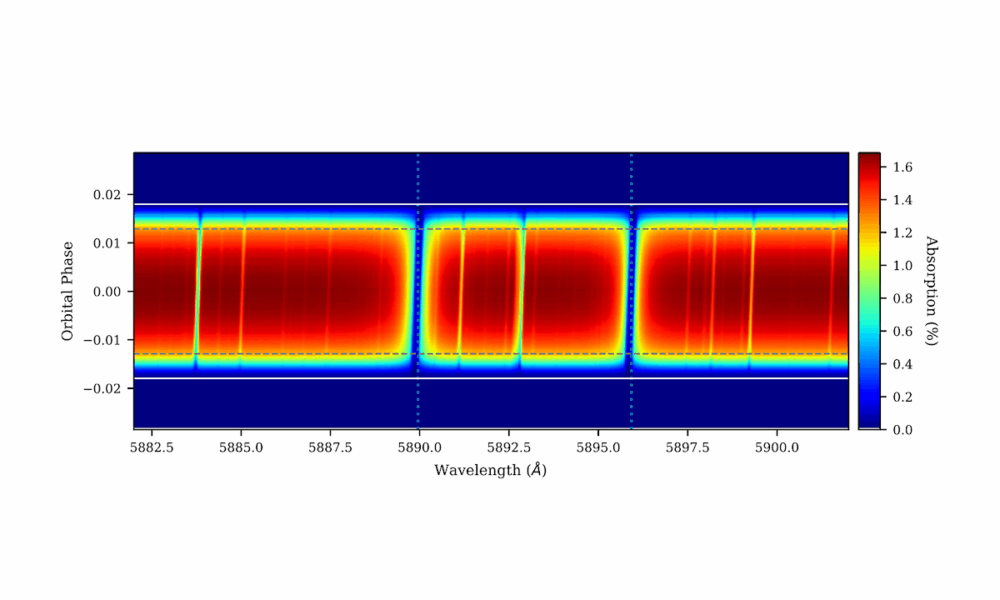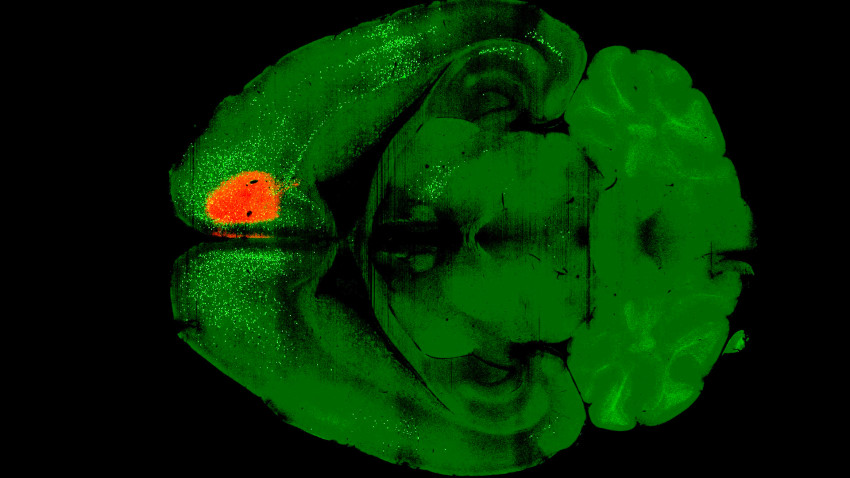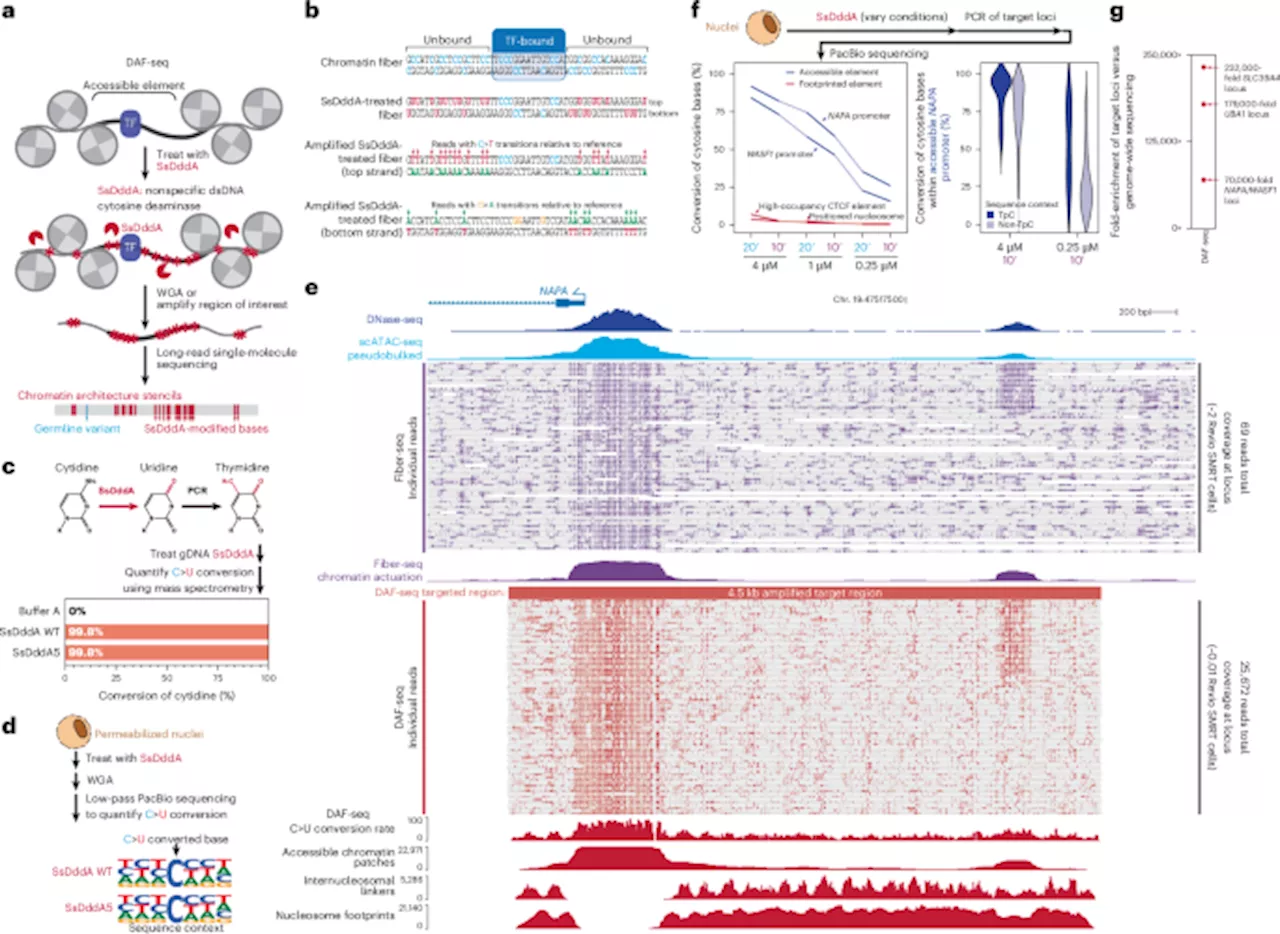A new version of the spot oscillation and planet code, known as SOAPv4, has been introduced to enhance the modeling of stellar activity in the context of exoplanet research. This update aims to improve the understanding of how stellar activity affects radial velocity (RV) measurements and transmission spectra, which are critical in detecting and studying exoplanets.
The research team, including key contributors such as E. Cristo and J. P. Faria, utilized solar observations in conjunction with synthetic spectra to conduct their simulations. By simulating photospheric active regions and planetary transits around a Sun-like star hosting a hot Jupiter, they were able to analyze the effects of varying input spectra on absorption profiles.
The study revealed important insights into how stellar activity can distort these absorption spectra. Specifically, the team investigated the chromatic signatures of stellar activity across different wavelength ranges. Their findings indicate that granulation can introduce line distortions that may resemble planetary absorption features, potentially leading to misinterpretations regarding the atmospheric dynamics of exoplanets.
SOAPv4 features significant enhancements, including the ability to model planet-occulted line distortions and quantify the influence of active regions on absorption spectra. This functionality allows for a more detailed examination of chromatic effects on radial-velocity measurements, which are vital in the ongoing search for exoplanets.
Key Findings and Comparisons with Observations
The researchers conducted comparisons with observations from the ESPRESSO instrument, a high-precision spectrograph. Their models, which incorporate non-local thermodynamic equilibrium effects, provided a better match to the absorption spectra of the known exoplanet HD 209458 b. Despite this improvement, the models did not completely replicate all observed distortions, indicating that further refinement is necessary.
This latest version of SOAP represents a significant advancement in the study of stellar activity and its implications for exoplanet research. By accurately modeling how stellar features influence the observable traits of exoplanets, scientists can refine detection methods and enhance the interpretation of data collected from current and future missions.
The research was submitted on October 9, 2025, and is available for review on platforms such as arXiv under the reference arXiv:2510.08319. The ongoing developments in this field highlight the importance of understanding stellar behavior, which plays a crucial role in the study of celestial bodies beyond our Solar System.
As research into exoplanets continues to evolve, tools like SOAPv4 will be indispensable in providing clearer insights into the dynamic relationships between stars and their orbiting planets. This work not only enhances our understanding of individual exoplanets but also contributes to the broader field of astrophysics and stellar cartography.







